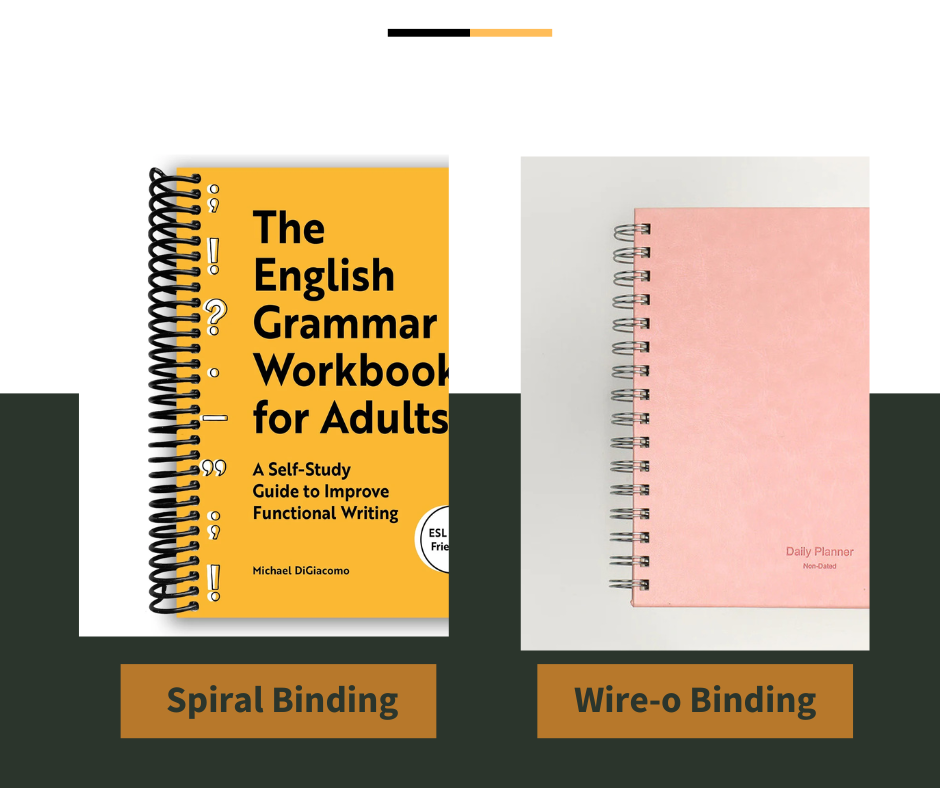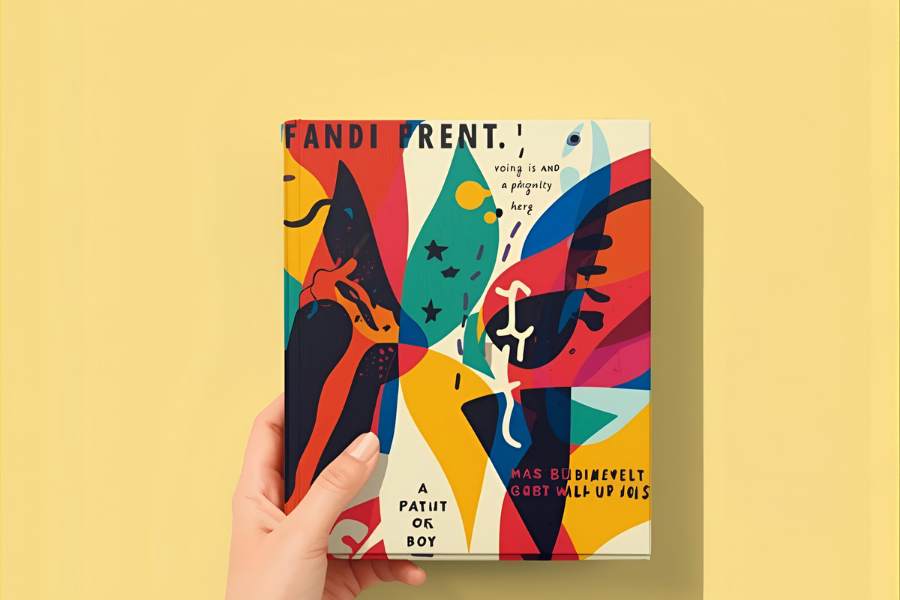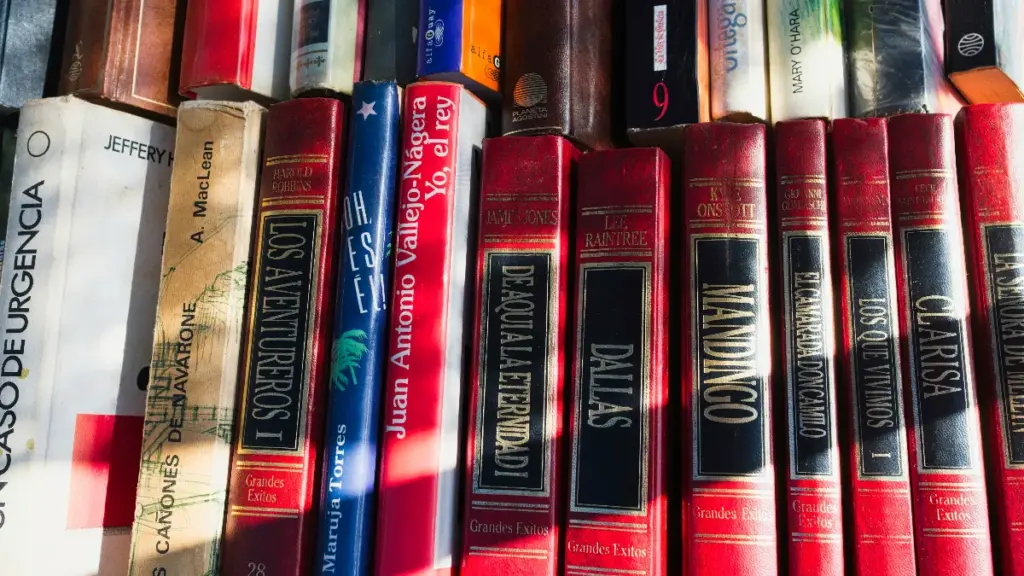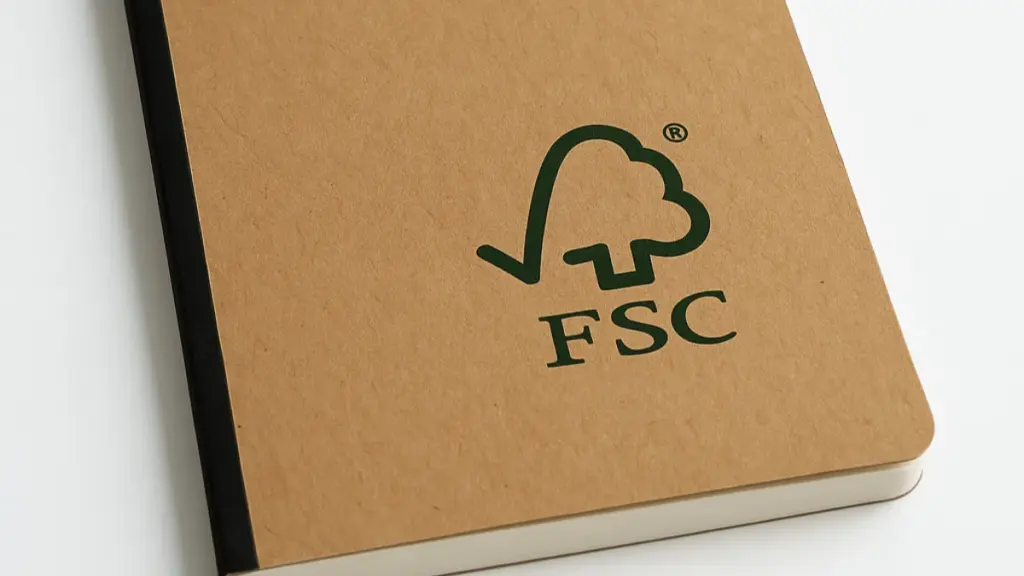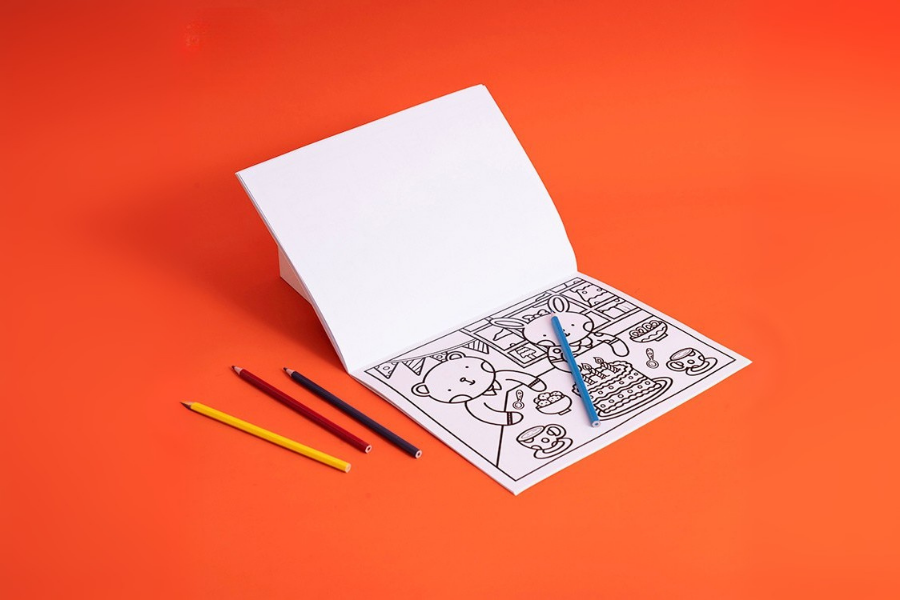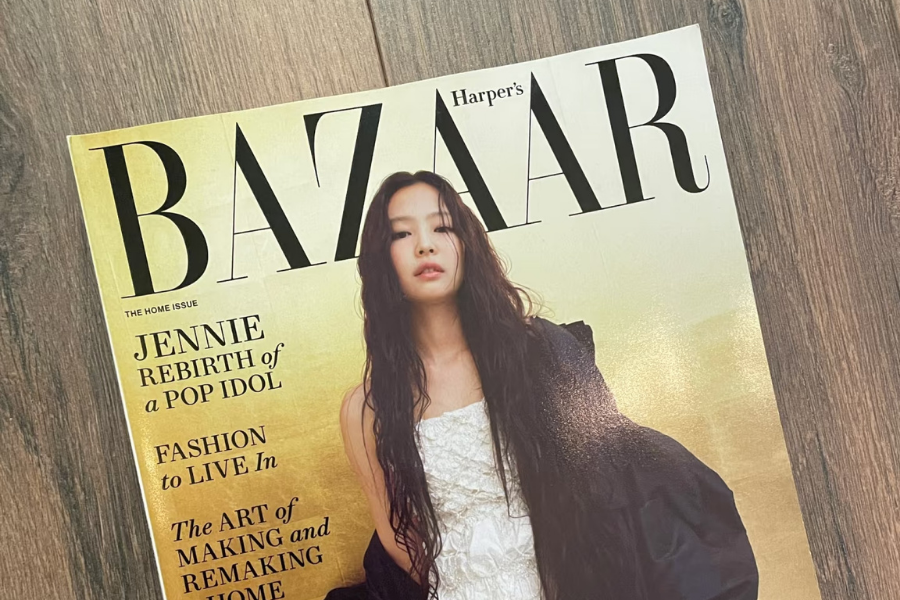When it comes to choosing notebooks, both Wire-O and Spiral bound styles are among the most popular options. At first glance, they may look quite similar, but they differ in materials and cost. The number and size of the binding holes greatly influence how smoothly the notebook flips, as well as its durability and overall appearance. For businesses looking to create custom notebooks, understanding these differences can help you avoid mistakes during the customization process.
What is a spiral notebook?
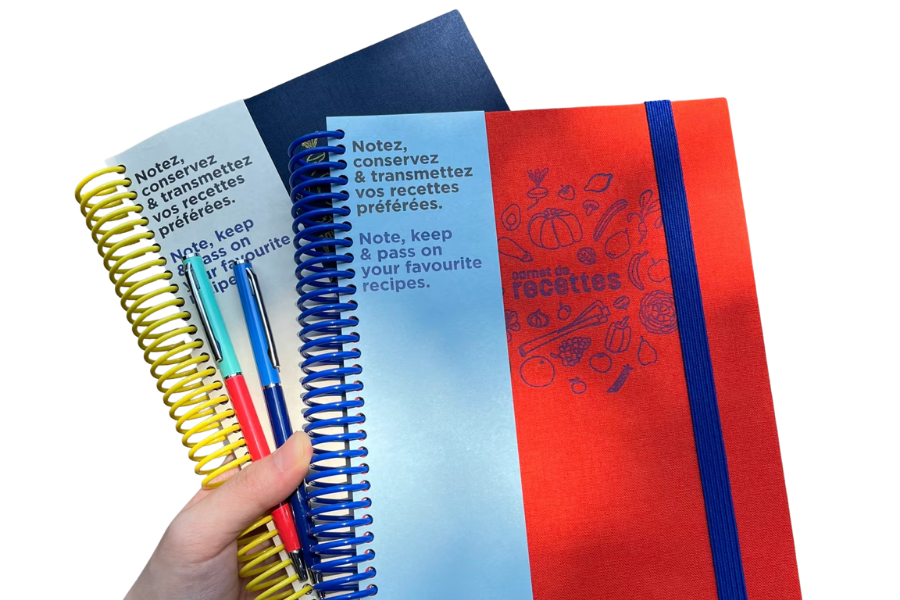
A spiral notebook is a bound book characterized by a continuous, coiled wire or plastic loop that passes through a series of holes punched along the spine of the pages and cover.
This distinctive binding mechanism is the source of its name and its primary functional advantages. The most notable feature of a spiral notebook is its ability to lie completely flat when open, and for pages to be folded back 360 degrees effortlessly. This makes it exceptionally practical for tasks like note-taking in tight spaces, following recipes in the kitchen, or tracing in art projects.
Spiral binding is commonly made from plastic (often referred to simply as “spiral”) or metal. Plastic coils are generally more economical, flexible, and come in a variety of colors, offering a casual and functional feel. In contrast, metal coils provide a more polished and professional appearance with a smoother page-turning experience, though they may be less resistant to bending out of shape.
In summary, the spiral notebook is a versatile, user-friendly, and affordable option prized for its unparalleled lay-flat functionality, making it a staple in academic, creative, and everyday settings.
What is wire binding notebook?
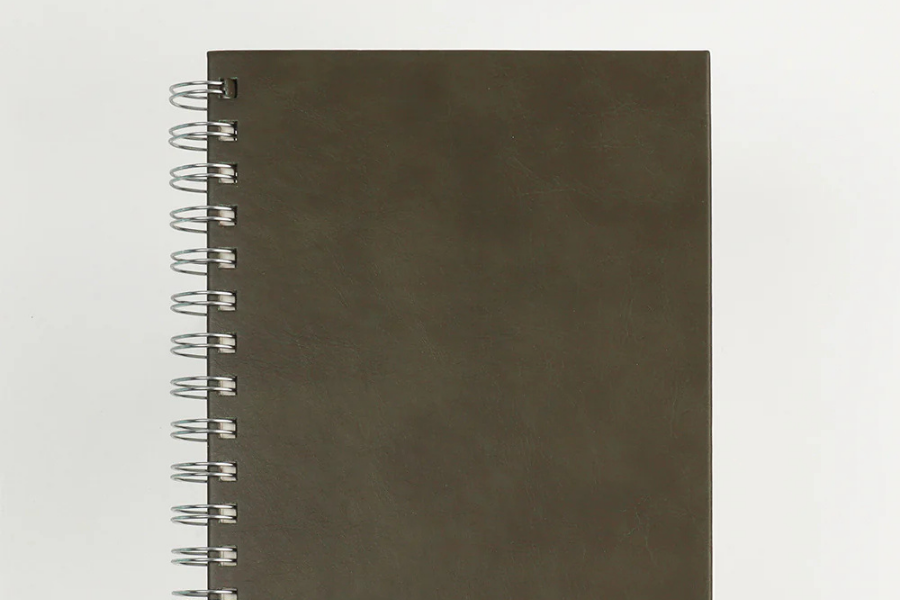
A Wire-O notebook, also known as wire-bound or double-wire notebook, is a type of notebook bound by a series of adjacent metal double-loops that form a spine. This binding is created from a single piece of wire that is shaped into a continuous, elegant “double-ring” pattern.
The defining characteristic of a Wire-O notebook is its sophisticated and professional appearance. Beyond aesthetics, it offers an exceptionally smooth page-turning experience. The pages, which are securely held by the metal loops, can rotate 360 degrees and lie perfectly flat when open, providing a seamless writing or sketching surface across the entire spread.
Compared to plastic spiral bindings, Wire-O binding is generally more durable and robust, offering better resistance to everyday wear and tear. Its sleek and polished design makes it a preferred choice for formal contexts such as business presentations, client proposals, academic theses, and professional design portfolios. In essence, the Wire-O notebook combines functional superiority with a refined look, positioning it as a premium tool for serious work and presentation.
What’s the difference between wire and spiral binding?
In the process of customizing a notebook, it can be challenging to choose between two rather similar binding methods. Next, I will use a table to clearly illustrate the characteristics of these two binding approaches.
| Feature | Wire-O (Twin-Loop Metal Binding) | Spiral (Plastic Coil Binding) |
|---|---|---|
| Core Definition | Formed from a continuous metal wire shaped into adjacent twin loops. | Made from a continuous plastic coil wound in a spiral form. |
| Material & Appearance | Metal material; refined, premium, and professional look. | Plastic material; practical, casual, with a wide range of color options. |
| Page Turning & Lay-Flat | Smooth page turning; lays completely flat but pages cannot fold fully to the back. | Allows full 360° rotation; pages fold flat to the back cover with excellent lay-flat ability. |
| Durability | Very sturdy, but metal loops may deform under heavy pressure and are hard to restore. | Flexible and resistant to bending, but plastic may crack under extreme stress or long-term wear. |
| Cost | Typically more expensive. | Generally more economical. |
| Best Applications | Business reports, proposals, portfolios, financial statements, premium notebooks—ideal for presenting a professional image. | Everyday notebooks, student supplies, manuals, cookbooks, sketchbooks—ideal for frequent use and full lay-flat needs. |
How to keep the spiral or wire notebooks flipping smoothly?
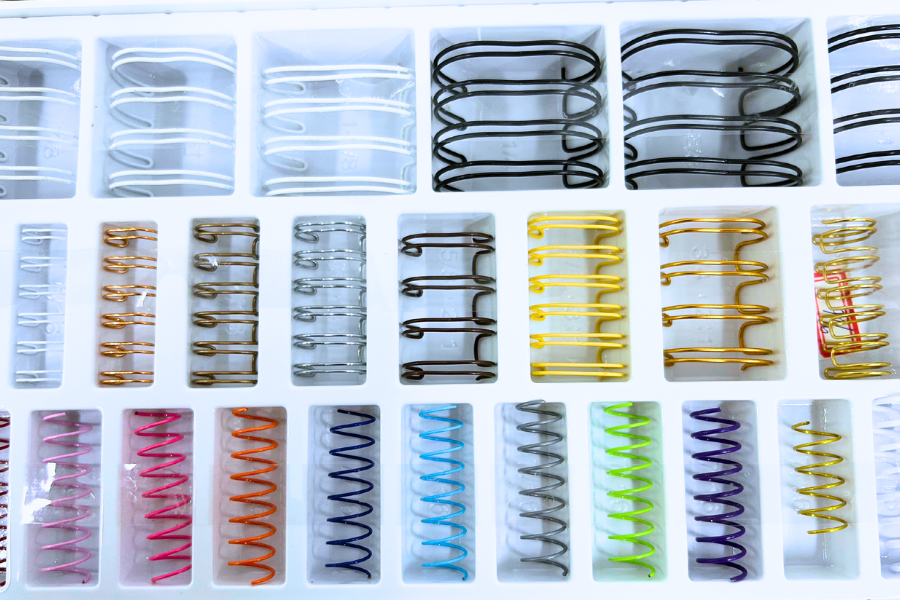
Achieving a perfectly smooth flip in a custom notebook hinges on several critical factors related to binding craftsmanship and material selection. First, the precision of the hole punching is paramount. The hole size and spacing must perfectly match the coil’s diameter, and each hole must be cleanly punched without burrs or irregularities to prevent friction. Second, the coil material itself is crucial. For plastic coils, opt for flexible materials like PVC or PET that resist breakage; for metal coils, choose hardened, anti-bend wire to prevent deformation that causes catching. Third, ensure the coil diameter is appropriately matched to the paper thickness, typically 1–2 mm larger, to avoid pages being either too tight or too loose.
Finally, the paper and cover contribute significantly. Using thicker, more rigid paper (e.g., 80–100 gsm) prevents curling and wear at the holes, while a sturdy cover helps maintain the notebook’s overall structure, keeping everything in alignment for a consistently smooth flipping experience.
Where to custom spiral notebook?
When it comes to custom notebooks, the key is finding a reliable manufacturer who can balance quality, design, and budget. Look for a supplier that offers a wide range of options different binding styles (spiral, Wire-O, hardcover), paper types, sizes, and cover finishes,so you can create a notebook that truly fits your brand. A good partner will not only handle printing and binding, but also help with design suggestions, packaging, and shipping, making the process smooth from start to finish. Whether you need branded notebooks for corporate gifts, promotional events, or retail sales, Xinyi printing ensures your notebooks look polished, durable, and ready to impress.











